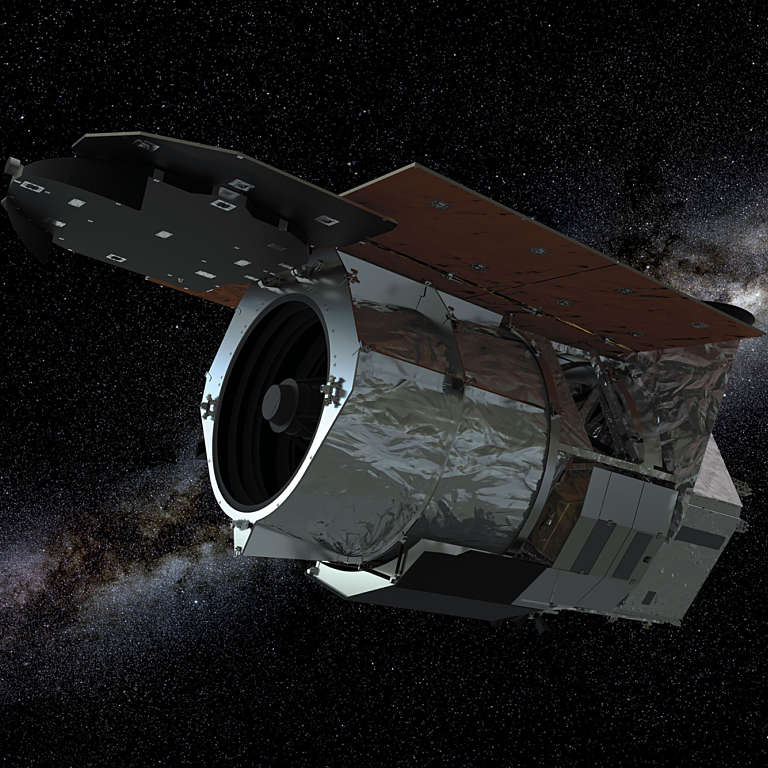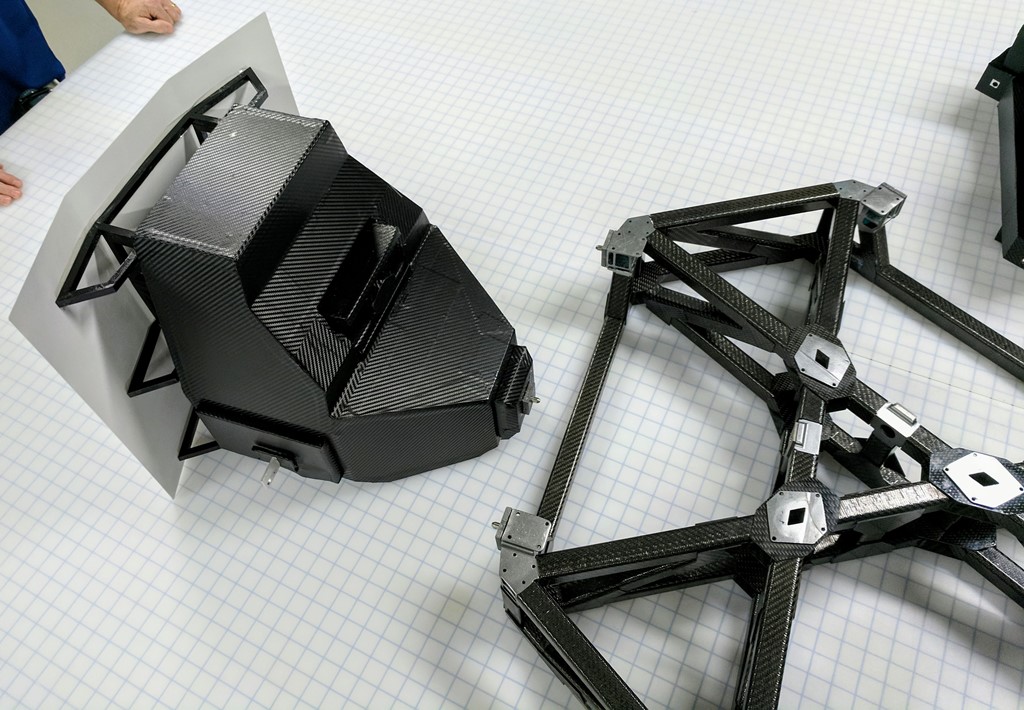
(Image credit: NASA's Goddard Space Flight Center and A. Roman’s larger view and fast survey speeds will unveil the evolving universe in ways that have never been possible before. It would take Hubble about 85 years to map the entire region shown in the image at the same depth, but Roman could do it in just 63 days. This image, containing millions of simulated galaxies strewn across space and time, shows the areas Hubble (white) and Roman (yellow) can capture in a single snapshot. This could include investigating the nature of dark energy - the force that is driving the accelerating expansion of the universe - and dark matter, the substance that is almost completely invisible despite composing around 85% of the matter in the cosmos. When Roman launches and reaches an operational state, researchers can then take its observations and compare them to the simulation, helping them unravel some of the greatest mysteries in the universe.

The same simulation can model tens of millions of galaxies in less than a day, something that would take years with more conventional methods.
ROMAN SPACE TELESCOPE PATCH
Within this patch of simulated space, over 5 million galaxies are represented. The simulation created by Yung and the team shows a patch of sky measuring 2 square degrees, equivalent to 10 times the apparent size of the full moon in the night sky.

That's exactly what Roman is designed to do." "To solve cosmic mysteries on the biggest scales, we need a space telescope that can provide a far larger view.

"The Hubble and James Webb Space Telescopes are optimized for studying astronomical objects in-depth and up close, so they're like looking at the universe through pinholes," leader of a study describing the simulation and postdoctoral fellow at NASA's Goddard Space Flight Center in Greenbelt, Maryland, Aaron Yung, said in a NASA statement.


 0 kommentar(er)
0 kommentar(er)
